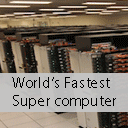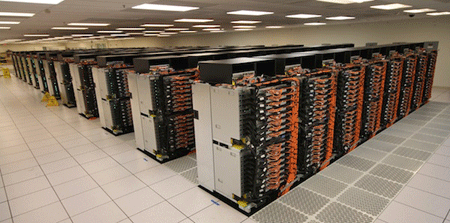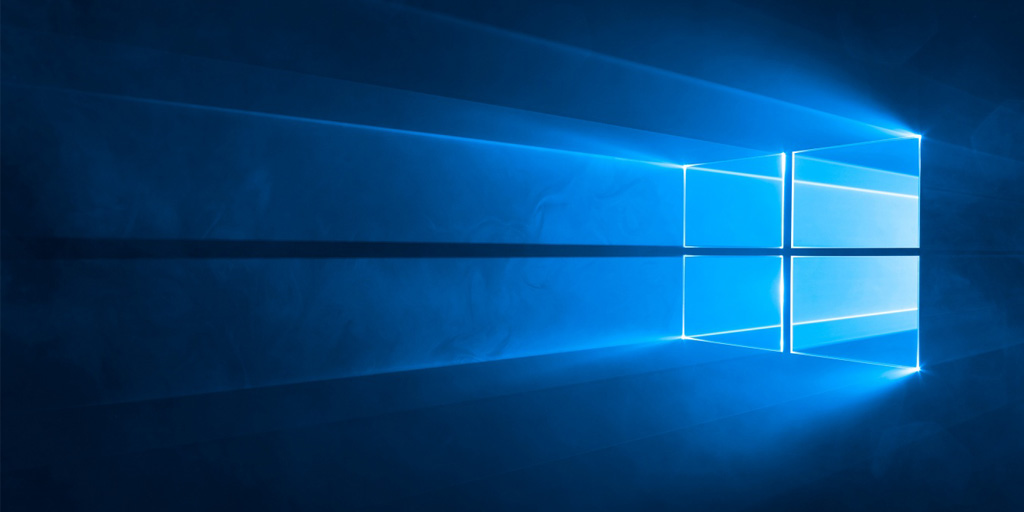 The United States has regained the crown for having the world’s fastest supercomputer thanks to a new machine so powerful it can simulate nuclear bombs and power plant accidents – eliminating the need to conduct dangerous underground tests. The government-funded IBM machine, called Sequoia, can do in eight hours the number of calculations that it would take the average laptop 20,000 years to complete.
The United States has regained the crown for having the world’s fastest supercomputer thanks to a new machine so powerful it can simulate nuclear bombs and power plant accidents – eliminating the need to conduct dangerous underground tests. The government-funded IBM machine, called Sequoia, can do in eight hours the number of calculations that it would take the average laptop 20,000 years to complete. It beat Japan’s K Computer – manufactured by Fujitsu – to the top of the biannual Top 500 list of the world’s fastest machines, as compiled by a team of international computer science professors. The US dominated the list towards the end of the last decade but lost the top spot, initially to China, two years ago.
Sequoia’s capabilities are measured at 16.3 petaflops – or quadrillions of computations per second – compared with the K Computer’s 10.5 petaflops. A quadrillion is 1,000 million million.
The publication of the Top 500 list gives a big edge to IBM, which has four computers in the top 10. But the competition is expected to heat up because of the burgeoning demand for handling vast amounts of data.
“Today, the National Nuclear Security Administration uses Sequoia to research the safety, security and reliability of the United States’ nuclear deterrent, replacing the need for underground testing,” IBM’s research director of deep computing systems wrote in a company blog post. But its use will soon be expanded to search for patterns across the natural sciences and to model the physical properties of materials at extreme pressures and temperatures.
It could also have commercial uses. Électricité de France (EDF), the world’s largest utility company, is already using a similar, smaller IBM computer to improve the efficiency of its power plants and electricity grids.
Sequoia has a back-to-the-future feel for IBM, which became a technological powerhouse in the last century thanks to its manufacture of room-size computing machines. Its record-breaking new model takes up 3,500sq ft at the Lawrence Livermore National Laboratory outside San Francisco and is constantly tended by a team of technicians. But the hardware could not be further removed from the punch cards and vacuum tubes of the early computing era. It contains 1.5 million processing cores and its cooling system uses circulating water rather than air, also making it one of the most energy-efficient supercomputers.
[ Also see: K Computer consumes 9.87 MW of power ]
The US tally of three computers in the top 10 was actually down from the last Top 500 list six months ago, when it had five. Germany and China have two each in the top 10
[ via The Independent, Top500.org ]















![15+ Best and Must-Have Software for your New PC [2020] 15-Best-and-Must-Have-Software-for-your-New-PC-2020-Edtion](https://thetechgears.com/wp-content/uploads/2019/12/15-Best-and-Must-Have-Software-for-your-New-PC-2020-Edtion-100x70.jpg)
